Lard: A Health Food That Will Shock You
I have a confession to make: I’m a recovering vegetarian.
I didn’t shun meat for ethical reasons… although I do believe that all animals should be treated respectfully and humanely (even the ones we are raising for food). The reason I shunned meat is because I once believed that animal foods were unhealthy. I believed that they contributed to chronic illnesses like cancer and heart disease.

But despite my belief that a vegetarian diet was healthy… my body disagreed. I felt poorly. I was frequently sick. My hair lacked luster and my skin was dull. My mood and energy were almost always low. And while I wasn’t overweight, I did carry excess body fat.
In addition to fearing meat, I also feared fat. I used small amounts of olive oil or (gasp!) vegetable oil. But most of the time, I opted for “low-fat” products. Grain had a place at nearly every meal – whether it was bread, pasta, oats or rice.
The diet I was eating was not the one that humans evolved to eat. And my health, appearance and mental outlook suffered for it.
Around 10 years ago, I began to learn the different between healthy fats and unhealthy ones. I learned that much of what we have been told about nutrition and disease was a big fat lie. And I learned that the diet most humans do best on is the one that our genetic ancestors consumed, before the dawn of modern agriculture.
I soon shifted to a more primal diet. I began by adding fish, then poultry, then beef and pork. I also eliminated vegetable oils and grains. Everything started to change. My energy levels increased. My body became leaner and more responsive to workouts. And my skin started to glow again.
As I tossed out the canola oil and soy burgers, I replaced them with grass-fed beef and traditional healthy fats… including lard.
Wait a minute, you might say. For decades we’ve been told that animal fat is bad for our health. And lard is the worst of all. The very word “lard” conjures up clogged arteries and a big backside.
Those connotations are unfortunate, because lard is a healthy fat. In fact, it is one of the healthiest fats you can use for cooking. So what makes lard healthy? And why is it good for cooking?
What Lard and the Mediterranean Diet and Have in Common
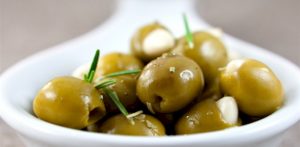
The Mediterranean diet has long been praised for its health benefits. And you might also know that this way of eating relies heavily on a type of fat called monounsaturated fat (MUFA). Research shows that monounsaturated fats (MUFAs) can help to:
- Balance blood sugar
- Boost HDL (or good) cholesterol
- Protect LDL cholesterol from oxidation
- Reduce belly fat
- Reduce levels of CRP – a key marker of inflammation
We most commonly associate monounsaturated fat with olive oil and avocados. But this is also the primary fat found in lard. Monounsaturated fat accounts for 48 percent of lard’s composition.
Surprising, right?
What may be even more surprising is that many traditional Mediterranean diets – contrary to popular belief – are also high in saturated fat (which comprises 41 percent of lard).
Sally Fallon and Mary Enig explore this in a piece entitled: “The Mediterranean Diet: Pasta or Pastrami?”
Consider the description of food in Sardinia [in Recipes of All Nations, published in 1935]. Grains are certainly a part of their diet, consumed as bread, pasta or polenta, but in most interesting ways. “One of their favorite ways of cooking macaroni is to cook it in either lamb or pork fat . . . with small pieces of either lamb or pork, chopped tomatoes, chopped garlic and curd, mixed with a little water and salt and moistened with a little game stock, if this is obtainable.
Gnocchi is flavored with saffron and “served with a tomato sauce, or with gravy and cheese made from ewe’s milk.
Polenta is enhanced with “chopped salt pork, small pieces of sausages and grated cheese.
A dish called La Favata is made with “pieces of salt pork, cut in large chunks, ham bone, special homemade sausages, a handful of dried beans, wild fennel, and other herbs and a little water.
Despite the widely held belief that Mediterranean diets derive their fat primarily from plant sources, historical records and traditional recipes tell a different story. They recount a culture with robust health and strong hearts. And it was a culture that prized and savored animal fats.
The American Paradox: Can Saturated Fat Reduce Heart Disease?
So what about the idea that saturated fat causes heart disease?
It’s just not true.
In fact, a growing body of research shows that saturated fats have been wrongly accused of causing cardiovascular disease.
A review in the American Journal of Clinical Nutrition evaluated data from 21 different studies. These studies involved more than 350,000 people. And the results? The researchers found “no significant evidence” that eating more saturated fat increased the risk of heart disease or stroke.
Another study published in the same journal found that saturated fat actually prevents the progression of coronary artery disease in women with metabolic syndrome. The researchers coined this phenomenon “The American Paradox”.
Multiple studies of Pacific Island populations who get as much as 60 percent of their total calories from saturated fat also show that cardiovascular disease is nearly non-existent.
Dr. Jeff Volek is a university professor and leading researcher. His extensive research shows that a high healthy-fat, low-carbohydrate diet confers significant health benefits. Dr. Volek also notes that:
Multiple recent reports find no association between dietary saturated fat intakes and cardiovascular disease (CVD).
For decades, millions of people – at the urging of physicians and the fatally-flawed USDA pyramid – have avoided saturated fats for fear of disease. Lard has been especially vilified (even half the fat in lard is monounsaturated).
Instead, we have substituted polyunsaturated fats – like soy, corn, safflower, canola and other “vegetable” oils – much to our own demise.
Death by Vegetable Oil
While “vegetable oils” have been promoted as the healthy alternative, the truth is that these fats that are destructive to your health. A high intake of vegetable and seed oil is associated with inflammatory diseases including:
|
|
The reason? Vegetable oils cause free radical damage and inflammation. These are two primary contributors to chronic disease.
Cooking Up Chronic Disease

Because of their weak structure, vegetable oils break down readily (go rancid) simply when exposed to light and oxygen. Adding heat further damages their delicate structure. This generates more free radicals and dangerous compounds called lipid oxidation products (LOPs).
LOPs cause oxidative damage in tissues, cells and genes. They also cause cholesterol to oxidize and become “sticky.” This is a major risk factors for heart disease!
And that’s not all. By attacking cells and tissues, LOPs have also been found to promote cancer, macular degeneration, IBD, asthma, Parkinson’s disease, kidney damage, preeclampsia and more.
But saturated fats are different. They are resistant to rancidity and oxidation. And they remain stable under heat.
Choosing Stable Fats for Superior Health
So, toss your vegetable oils and any packaged foods (including salad dressings, crackers, sauces, mayonnaises) that contain “vegetable oils” such as canola oil, corn oil, soybean oil, sunflower oil, safflower oil, cottonseed oil, peanut oil and vegetable shortening.
For sautéing, stir-frying, pan searing, baking or other cooking methods, opt for fats with a high ratio of saturated fats – like lard, tallow, ghee and coconut oil.
And when choosing lard – or any animal-derived fat – be sure that it is pasture-raised without hormones or antibiotics, such as the products offered by US Wellness Meats.
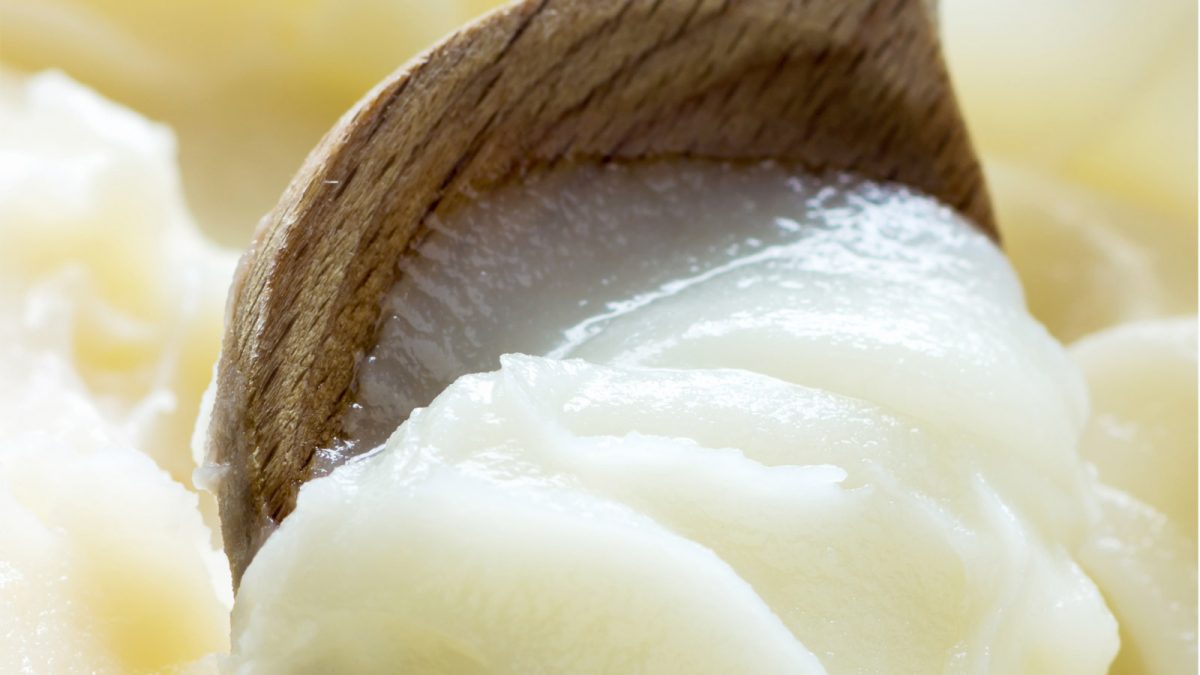
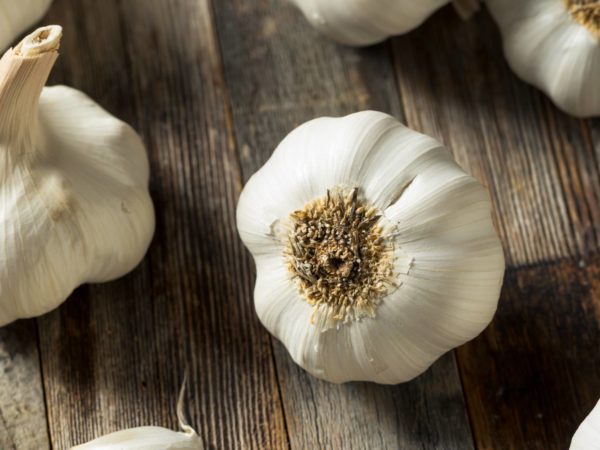
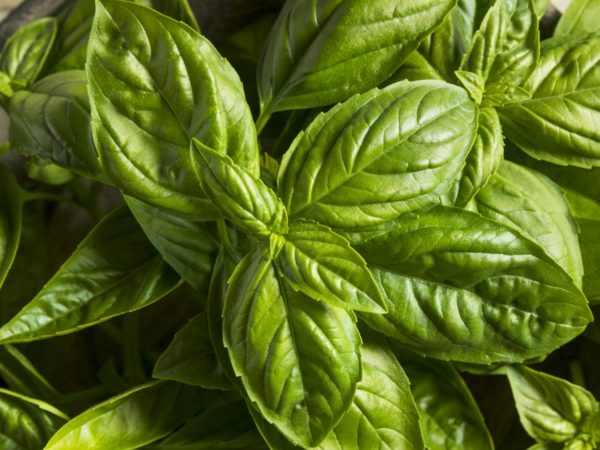
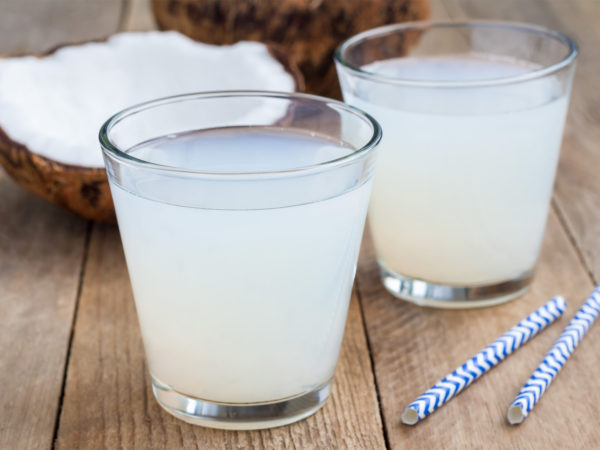
Kelley, I would like to thank you.
Thank You for being so knowledgeable,
and Thank You for sharing that knowledge with us.